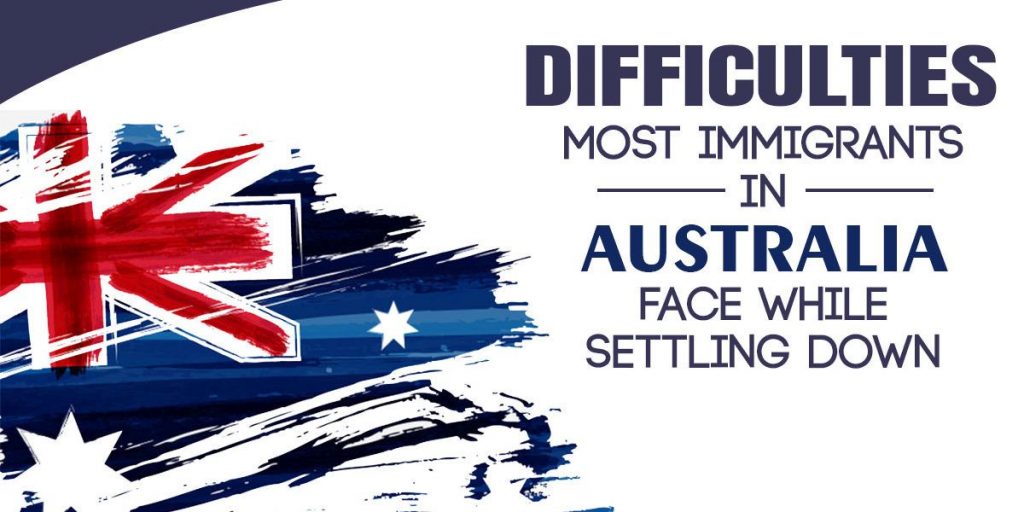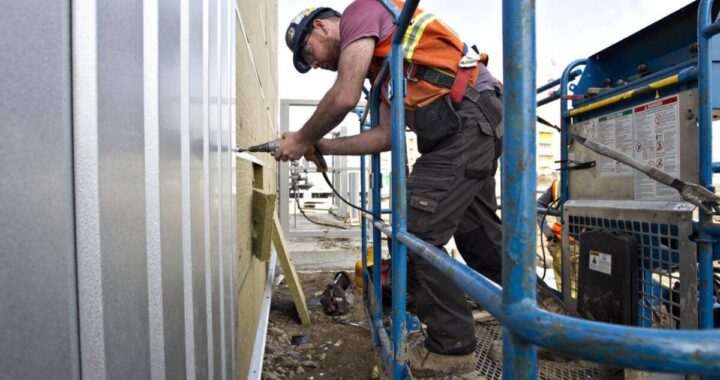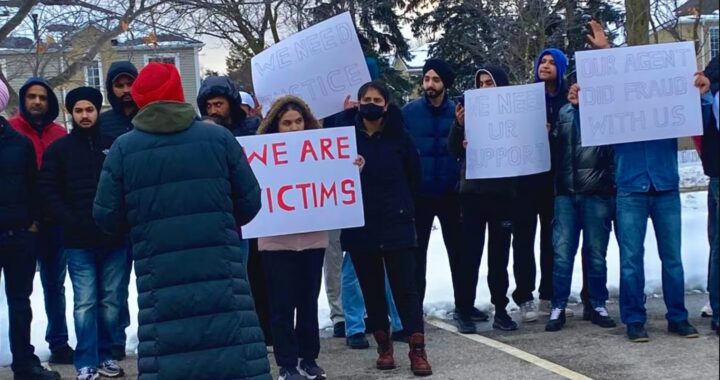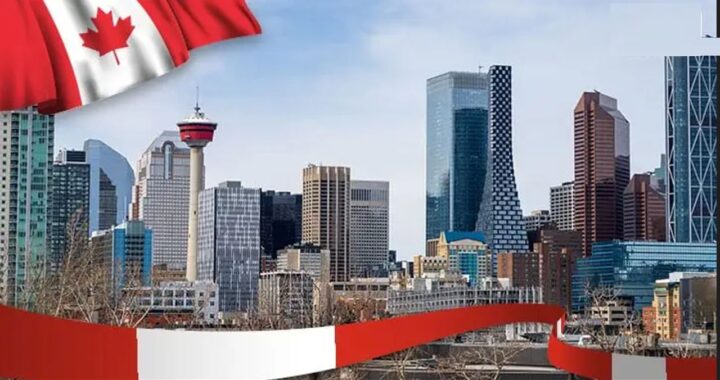Problem of skilled migration in Australia

Difficulties faced by Immigrants in Australia
Skilled Workers facing highest ever unemployment rate in Australia
The Australian federal and state governments have started a skill migration scheme, in which migrating persons would be placed in jobs based on their qualifications, allowing the economy to flourish. It’s also a terrific chance for migrants, as they’ll be able to live a better life. However, a poll conducted by the government revealed that their plan fails to fulfill its full economic potential, shattering human hopes in the process. Many skilled migrants are unable to locate the employment prospects they had hoped for. According to a government poll of more than 1,700 skilled migrants living in South Australia, 53% thought their skills and abilities were not being put to good use, and 44% were working in a position not listed on their visa application.
About 15% of respondents said they were unemployed at the time of the poll or throughout most of their stay in Australia, which is more than double the unemployment rate in South Australia. Despite possessing abilities that government planners thought in scarce supply, this was accomplished.
Trends in skilled migration in Australia
The majority of Australia’s immigration is aimed at boosting the country’s economy. In the 2017–18 fiscal year, around 111,000 permanent visas were awarded to skilled migrants. (An additional 64,000 skilled migrants received temporary visas.)
About 35,000 of the 111,000 visas were employer-sponsored, indicating visa holders had a job lined up. Around 7,000 of the visas were for business investment, implying that migrants brought enough money to support themselves and others.
The vast majority – over 68,000 – were part of the General Skilled Migration (GSM) program, which was designed to help people with skills that were in short supply. From “Aboriginal and Torres Strait Islander Health Worker” to “Zoologist,” the federal government’s “Skilled State/territory-nominated visas accounted for 27,400 of the 68,000 points-tested tickets issued in 2017-18, up from less than 24,000 the previous year. As a result, these visas, which direct migrants to smaller cities and regional areas, become a more significant component of the skilled migration inflow.
Experiences in South Australia- Nearly 44% of Immigrants are working outside their skillset and Unemployment rate on South Australia Twice than Average rate of Australia
The South Australian Centre for Economic Studies and the Hugo Centre for Migration and Population Research collaborated on this study, which looked at the experiences of migrants nominated for a visa by the South Australian government. Approximately 7,500 migrants arrived in South Australia on such visas between 2010 and 2014. More than 2,000 of them participated in our poll, which yielded data on their work experiences (culled down for various reasons).
Also Read- Understanding Which Visa will be best to sponsor your parents to Australia
We conducted in-depth interviews with 20 people. Nearly 70% of the people in our poll have professional qualifications. This is compared to only 20% of the total population of South Australia. Technical and trade skills were also in high demand.
As previously stated, the unemployment rate was twice that of the state. Another 15% said they were underemployed, meaning they worked fewer hours than they would have wanted. Among those who did find work, 44% stated they were not in the field they had experienced, and 54% said they were in a position that did not fully utilize their qualifications.

 Recent Changes to Canada’s Work Permit Rules and its impact on Immigrants from India
Recent Changes to Canada’s Work Permit Rules and its impact on Immigrants from India  Applications for UK Immigration witness major decline as the Immigration Laws undergo significant changes
Applications for UK Immigration witness major decline as the Immigration Laws undergo significant changes  Recent Changes to Canada’s Temporary Foreign Worker Program (TFWP) Effective May 1, 2024
Recent Changes to Canada’s Temporary Foreign Worker Program (TFWP) Effective May 1, 2024  Immigration Process to Latvia and Job Prospects
Immigration Process to Latvia and Job Prospects  Notario Fraud- a rampant fraudulent practice trapping immigrants to US and Canada
Notario Fraud- a rampant fraudulent practice trapping immigrants to US and Canada  Canada Immigrant Investor Program 2024- loaded with many good features- Check out here
Canada Immigrant Investor Program 2024- loaded with many good features- Check out here  What actions by Trump Government are in store for illegal immigrants in US? What are Challenges to deport illegal immigrants from US?
What actions by Trump Government are in store for illegal immigrants in US? What are Challenges to deport illegal immigrants from US?  What are changes in Canada Start up Visa Program and Self-Employed Persons Program. How would it affect the potential immigrants to Canada?
What are changes in Canada Start up Visa Program and Self-Employed Persons Program. How would it affect the potential immigrants to Canada?